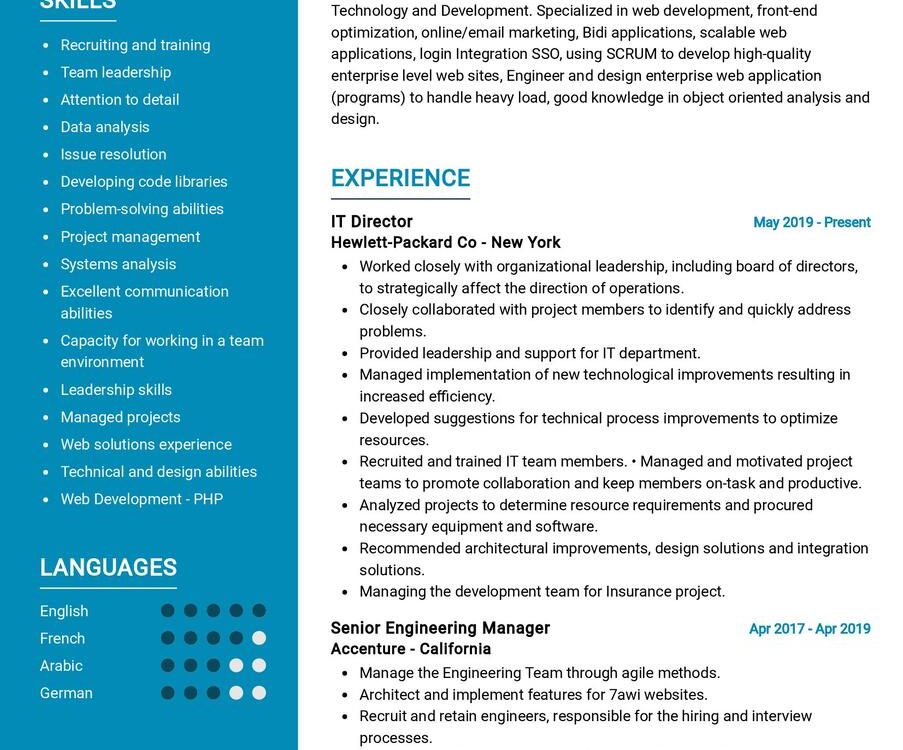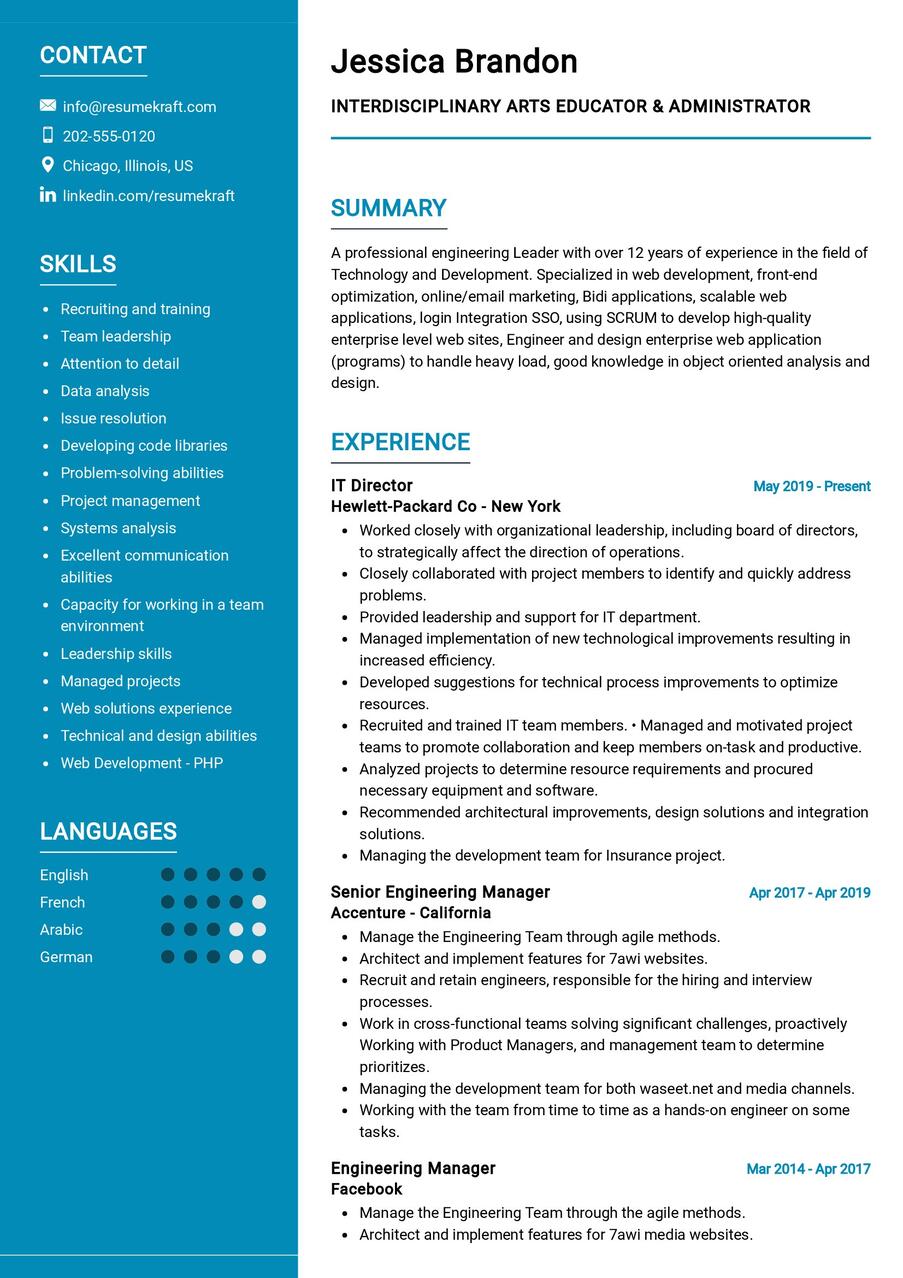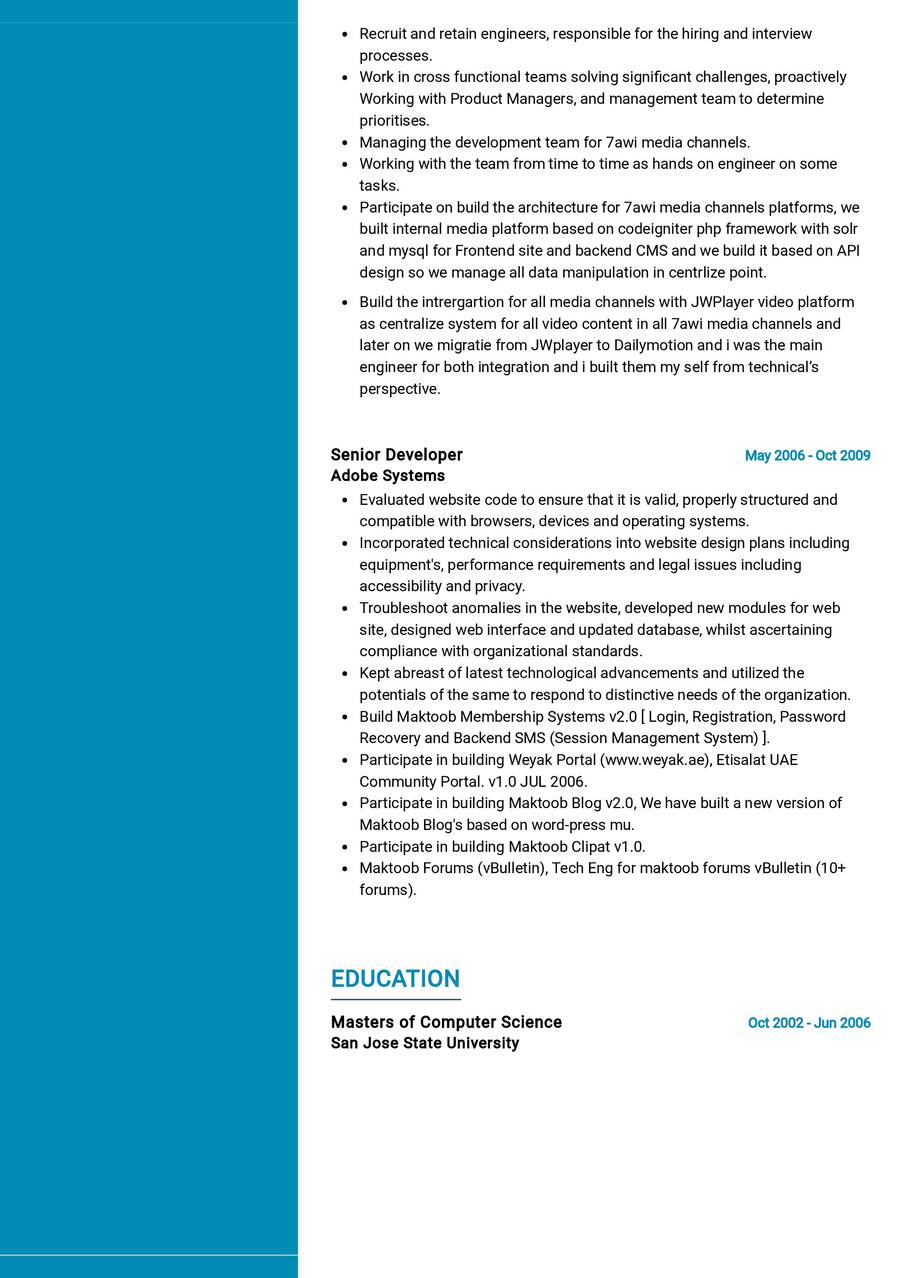Exploring the Role of an Interdisciplinary Arts Educator
In the dynamic realm of education, the role of an Interdisciplinary Arts Educator stands out as a unique blend of creativity, teaching prowess, and a commitment to fostering well-rounded individuals. This article delves into the multifaceted responsibilities of an Interdisciplinary Arts Educator, examining the educational journey, job requirements, and essential skills that define this position.
Job Requirements for an Interdisciplinary Arts Educator
Becoming an Interdisciplinary Arts Educator requires a combination of educational qualifications, artistic proficiency, and a passion for teaching. Let’s explore the key requirements to step into this role:
- A Bachelor’s or Master’s degree in Arts Education or a related field, showcasing a strong foundation in both arts and education.
- Proficiency in various art forms, including but not limited to visual arts, performing arts, and literature.
- Demonstrated experience in developing and implementing interdisciplinary arts curriculum, reflecting a commitment to holistic education.
- Effective communication and interpersonal skills to connect with students and collaborate with fellow educators.
- Adaptability and creativity, essential traits to design engaging and innovative arts-based learning experiences.
- A teaching certification or relevant credentials, demonstrating the educator’s commitment to professional development.
Additional certifications in specific art disciplines can enhance an Interdisciplinary Arts Educator’s profile, making them more competitive in the job market.
Responsibilities of an Interdisciplinary Arts Educator
The role of an Interdisciplinary Arts Educator is rich with responsibilities that contribute to shaping students’ artistic abilities and overall development. Here are the core responsibilities that define this role:
- Designing and delivering interdisciplinary arts lessons that integrate various art forms, fostering a holistic approach to learning.
- Providing constructive feedback and guidance to students, nurturing their artistic talents and encouraging self-expression.
- Collaborating with other educators to create cross-disciplinary projects that enrich the overall curriculum.
- Organizing and participating in extracurricular activities, such as art exhibitions or performances, to showcase students’ achievements.
- Staying updated on current trends in arts education and incorporating innovative teaching methods into the curriculum.
- Adhering to educational standards and guidelines, ensuring a high-quality arts education experience for students.
Each responsibility is a brushstroke on the canvas of education, contributing to the vibrant tapestry of students’ artistic and intellectual growth.
Crafting an Impressive Interdisciplinary Arts Educator CV
Your CV is a visual representation of your journey as an Interdisciplinary Arts Educator, and crafting it effectively is crucial for showcasing your skills and experiences. Consider the following tips:
- Highlight specific projects or lessons you’ve developed, emphasizing the impact on students’ artistic development.
- Showcase any awards or recognitions received for your contributions to arts education.
- Include quantifiable achievements, such as improved student engagement or successful implementation of innovative teaching methods.
- Detail any professional development activities, workshops, or conferences attended to demonstrate your commitment to continuous learning.
- Personalize your CV for each application, aligning it with the specific requirements of the educational institution.
Your CV is not just a document; it is a reflection of your dedication to shaping the artistic future of your students.
Interdisciplinary Arts Educator CV Summary Examples
Your CV summary is the first impression you make on potential employers. Craft a compelling snapshot of your journey as an Interdisciplinary Arts Educator with examples like:
- “Passionate Interdisciplinary Arts Educator with over a decade of experience, dedicated to fostering creativity and critical thinking through integrated arts education.”
- “Experienced Arts Educator specializing in interdisciplinary approaches, recognized for developing engaging curriculum and inspiring students to explore the depths of their creativity.”
- “Innovative Interdisciplinary Arts Educator with a track record of implementing dynamic and inclusive arts programs, contributing to the holistic development of students.”
Your CV summary sets the stage for a more in-depth exploration of your qualifications and experiences as an educator.
Building a Strong Interdisciplinary Arts Educator CV Experience Section
Your experience section is the heart of your CV, narrating the stories of your impact on students and the educational community. Consider these examples to guide you:
- “Led a team of educators in developing an interdisciplinary arts curriculum, resulting in a 15% increase in student participation and achievement.”
- “Initiated and coordinated a school-wide art exhibition, showcasing the diverse talents of students and creating a sense of pride within the community.”
- “Implemented technology-driven arts projects, integrating digital tools into the curriculum to enhance students’ creativity and technical skills.”
Each experience shared is a testament to your dedication to creating a dynamic and enriching arts education environment.
Education Section for Your Interdisciplinary Arts Educator CV
Your educational background is a cornerstone of your expertise as an Interdisciplinary Arts Educator. Present it effectively with examples like:
- Master of Arts in Arts Education, XYZ University, a journey of in-depth exploration and specialization, 2015.
- Bachelor of Fine Arts, ABC University, the foundation of your artistic knowledge and skills, 2012.
- Teaching Certification in Arts Education, Recognized Institute, a credential affirming your commitment to professional teaching standards, 2016.
Each educational milestone represents a step in your ongoing commitment to both the arts and education.
Skills Essential for an Interdisciplinary Arts Educator CV
Your skills as an Interdisciplinary Arts Educator are the tools you use to shape the artistic journey of your students. Here are the key skills to include in your CV:
Soft Skills:
- Creative thinking and problem-solving, essential for designing engaging interdisciplinary arts lessons.
- Effective communication, fostering positive relationships with students, colleagues, and parents.
- Adaptability, embracing new teaching methods and adjusting to the evolving landscape of arts education.
- Leadership, guiding students and collaborating with fellow educators to create a vibrant arts community.
- Passion for learning, inspiring students through your own enthusiasm for the arts.
Hard Skills:
- Proficiency in various art forms, including visual arts, performing arts, and literature.
- Curriculum development, creating cohesive and engaging interdisciplinary arts programs.
- Technological proficiency, integrating digital tools into arts education to enhance learning experiences.
- Evaluation and feedback, providing constructive criticism to students to support their artistic growth.
- Organizational skills, coordinating events and activities that showcase students’ artistic achievements.
Each skill you possess is a valuable asset in sculpting the artistic development of your students.
Common Mistakes to Avoid in Your Interdisciplinary Arts Educator CV
As you craft your CV, be mindful of common mistakes that can detract from your qualifications. Avoid pitfalls such as:
- Using generic language, instead of showcasing your unique approach to arts education.
- Focusing solely on job duties, neglecting to highlight the impact and outcomes of your efforts.
- Overlooking the importance of a tailored cover letter, a missed opportunity to express your passion for arts education.
- Using jargon unfamiliar to those outside the field of arts education, hindering clear communication of your skills.
- Forgetting to proofread, potentially leaving errors that could impact your professional image.
Avoiding these mistakes ensures your CV is a polished and compelling representation of your qualifications as an Interdisciplinary Arts Educator.
Key Takeaways for Your Interdisciplinary Arts Educator CV
As you approach the completion of your Interdisciplinary Arts Educator CV, remember these key takeaways to ensure it stands out:
- Emphasize your dedication to fostering creativity and holistic development in students.
- Showcase your proficiency in various art forms and your ability to integrate them into a cohesive curriculum.
- Highlight quantifiable achievements and outcomes of your contributions to arts education.
- Include a section on continuous learning, demonstrating your commitment to staying current in arts education trends.
Your CV is not just a document; it is a canvas where you paint your career story, a story of nurturing artistic talent and shaping future generations. Best of luck!
Finally, feel free to utilize resources like AI CV Builder, CV Design, CV Samples, CV Examples, CV Skills, CV Help, CV Synonyms, and Job Responsibilities to create a standout application and prepare for the [educational institution type] job interview.



